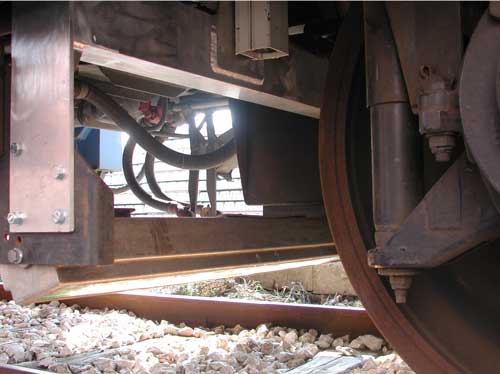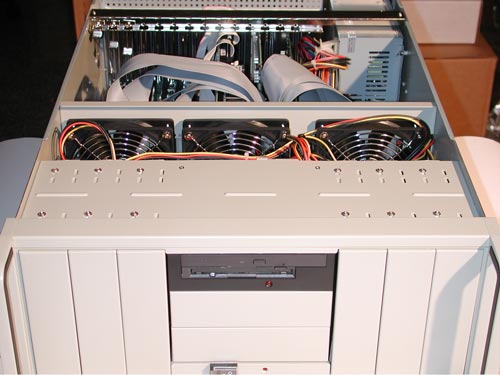On July 2002 a railway derailment on the route Messina-Palermo caused eight people dead and forty ones remained injured. The accident was caused by bad conditions of railroad and more precisely some rails were deformed and some fastening elements were lacking.
Nowdays, considered the high tecnological level both in construction of and in the realization of the trains should consider high safety level, so when those kind of accidents happen, the ways which the maintenance management and particularly, the monitoring of railway infrastructure are performed, they are investigated.
Today, the 80% of railroad infrastructure monitoring is performed in a traditional way. A skilled human operator, walks along the track and looks for rails, in order to detect infrastructure anomalies (rail defects, lack of fastening elements, holes in the ballast). That operative procedure is not acceptable because, first of all, it needs to stop traffic over the route for a long time, moreover the detection of anomalies depends on the experience of the operator. The most important railway companies, included Trenitalia s.p.a., have started the realization of diagnostic trains, equipped with different kind of sensors (image analysis is not considered) that are able to measure several physical parameters of the railway infrastructure. Those parameters are correlated to the condition of the railroad. The use of the diagnostic trains permits an efficient monitoring of all railway net in a shorter time than traditional way, but they constrain the human operators to operate in a way different which are used and overall they do not permit human checks of the results because they do not provide images useful for human evaluation. The implemented system has been designed in order to overcome that problem. In fact, it consists of a spatial and temporal high resolution scan line tv camera (whose image is a row of pixels), installed under the train, equipped with an appropriate lightning setup (fig. 1). The acquisition of image lines is triggered by a signal, with a resolution of 1 mm, generated by an encoder mounted on the wheels. In this way it is possibile to acquire images (fig. 2) that are processed, automatically, in real time in order to detect rail anomalies. The imaging hardware (fig. 3) is based on high performance computer architecture able to acquire and process image data in real time.
The designed and implemented algorithms permit under several lightning conditions (grazing sun, rain, in tunnels), to acquire data at a train maximum speed of 200 km/h, to store them in digital format for successive screening by a human operator, to process them in order to detect and to classify surface defects of rail and to detect the lack of fastening elements. The maximum storing capacity of the system is about 300 km of track at a resolution of 1 mm. The innovative system has its originality in the flexibility to manage new classes of rail defects. In fact, it is able to process new kinds of defects, automatically, without modify the software, but just training the system with sufficient examples (images) of the new kind of defect. The system has been developed in collaboration with a italian company specialized on the realization of railway diagnostic systems and it has been installed on the diagnostic train of RFI (italian organization for the management of railway maintenance) and from big railway companies over the world.
Immagini:



